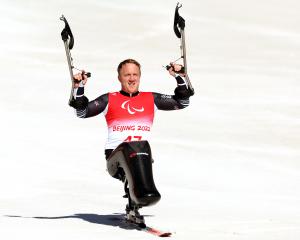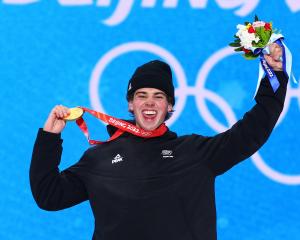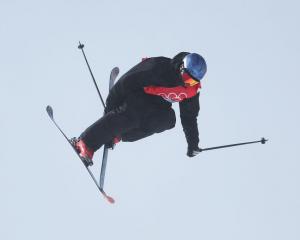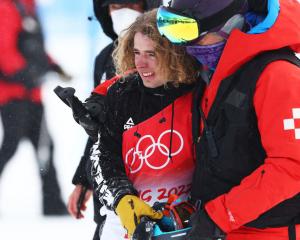
Zoi Sadowski-Synott claimed gold first in the women’s slopestyle, followed later by Nico Porteous in the halfpipe. They were both only 16 when they won their first medals in 2018, and their 2022 victories further cemented their historic status.
Reflecting on his gold-medal-winning run, Porteous says nothing is left to chance when it comes to a halfpipe run with that level of difficulty.
"There’s no improvisation that goes on ever in what we do," says Porteous.
"We have 0.3 of a second to get things right, sometimes less than that. The amount of planning that goes into a run is just ridiculous. I planned the run that I did at the Olympics for three years prior to doing it, and pretty much every training moment we had was used to be able to plan and land that run.
"Our sport is so dangerous that we constantly need to calculate risk and part of that is planning far ahead."
It’s also a sport that constantly demands athletes to push the bounds of what’s possible to stay competitive in a field of athletes who are all looking to make their tricks a bit bigger than what came before.
"That’s what I love about it," says Porteous.
"We don’t really have any rules of what we can and can’t do. We can push the boundaries as much as we want or we can not push the boundaries and use our style. In my case, I really enjoy pushing the boundaries of what’s possible and creating new tricks and doing things that no one has ever done."
This intense drive is also evident in Sadowski-Synott, who said that she definitely feels the pressure to keep pushing.
"There are so many things that haven’t been done and there’s a pathway there," she says.
"That’s very exciting for me. Planning those tricks that I want to do and how to get there. And then just going through the motions of trying the trick and hopefully achieving my goals. It’s the best feeling ever to set those goals, go through the battle, progress and finally [land] them and then to just turn them into normal tricks."
However, this level of dedication necessitates quite a few sacrifices – none more so than the time spent away from family.
"The biggest impact on me and my family is time away. I spend about six months out of the year away. It’s a blessing because I get to travel the world, but it’s also a curse for sure."
This is part of the reason why Sadowski-Synott and Porteous have both backed the campaign to have a dry slope facility established in Wānaka.
"Every single one of our biggest competitors has a dry slope in their country that they train on all summer," says Sadowski-Synott.
"It would be amazing to have that here because it would mean that athletes and aspiring athletes can go there during summer – particularly if they can’t afford to head overseas to train."
She says this will be integral to ensuring that Aotearoa is able to compete on the international level.
It would also help to set the stage for others to follow in the footsteps of these two talented young New Zealanders.










